Of the many conundrums that a Dungeon Master may face while running a game of Dungeons & Dragons, the question of loot and treasure for their party is one of the more difficult. There is nuance to the many facets of the problem, from magic items, gold amounts, and how often to give treasure at all.
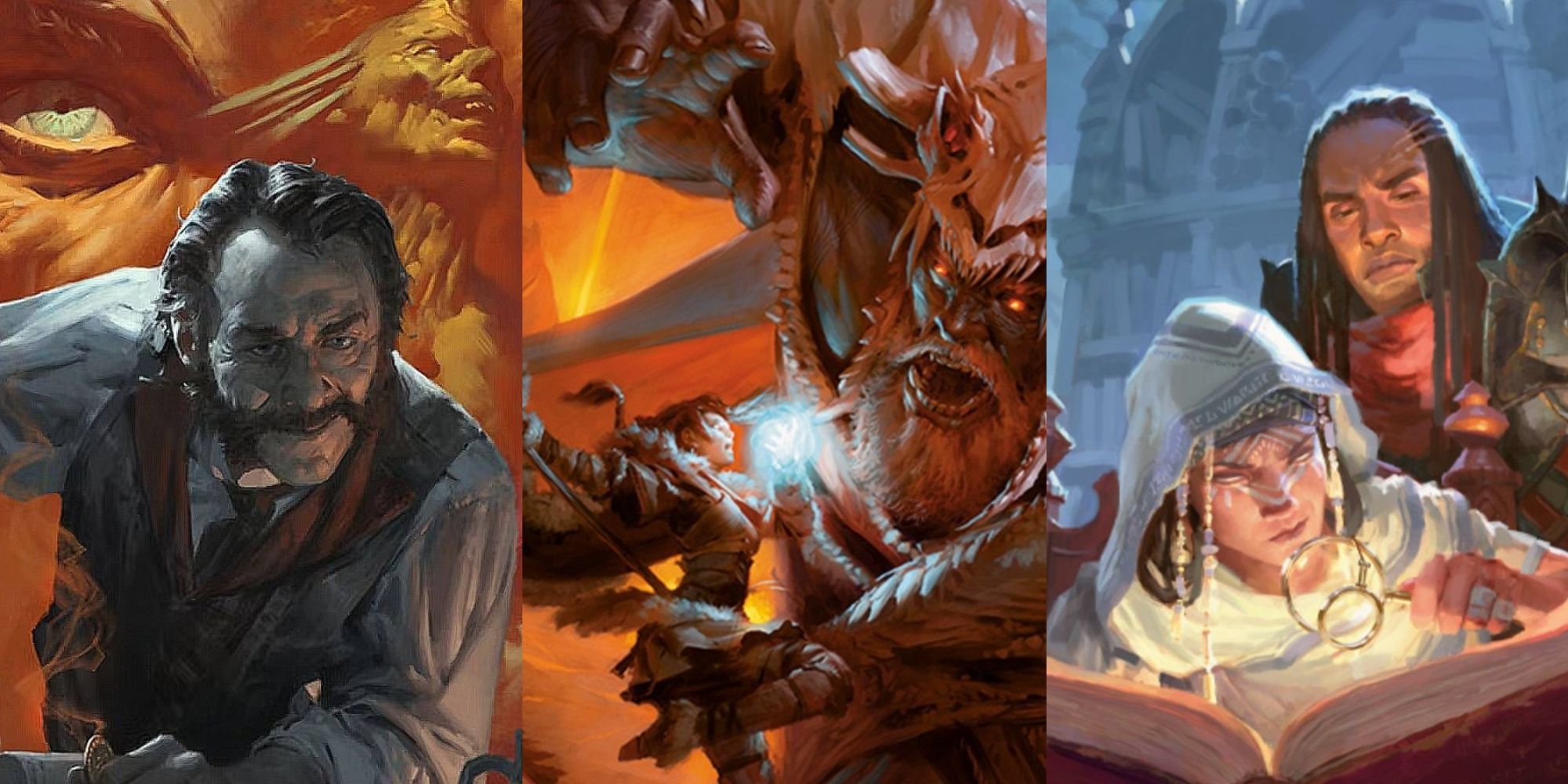
Related
Dungeons & Dragons: Tips For A First-Time Dungeon Master
D&D is a classic fantasy tabletop role-playing game, but it is never too late to become a Dungeon Master.
There are plenty of ways to approach this, some of which are more time-consuming, while others are more lax. However you choose to approach it in your adventure, there are some tips to keep your party’s love of loot from making running a campaign too stressful and keep the game flowing.
1
Not All Loot Has To Be Useful
A Little Junk Here And There
A controversial concept. A lot of DMs get caught up in the loot of every encounter or new room on a map. A great way to counteract this is by making some loot useless to the party.
This is easier at later levels when common items like swords, rusty daggers, and wooden staffs aren’t much use to high-level adventurers. Before then, you can have most of the items your characters find be junk. Bits of string, mementos, damaged items from the fight, all of which may not be appealing to lug around for an adventurer.
This will also make the inevitable pile of gold or magic item that much more exciting.
2
Make Them Explore
Now Roll Perception
Having your adventurers put in the effort for their treasure is a great way to keep them involved in the process. It doesn’t have to be like a video game where, at the end of a fight, they instantly get a haul of goods and gold.
Have your party search areas, making investigation or perception checks as they do so to find something useful. This is a great way to also show off the ideas you’ve had for the setting and buy time for you if you need to set up more items or the next steps in their adventure.
3
Reward The End Of A Quest
Moving The Plot Forward
Whether it’s a main story quest or a side quest, your party should get some sort of benefit from completing an important part of their adventure. One of the first things you should do when thinking about an arc or quest is what the ultimate reward for it should be.
This is a great way to not be blindsided at the end of the quest as you try to think of treasure to give them, but it also helps you find the end of the quest and build backward from it. Thematic things, like an enemy’s weapon or a financial reward from the quest-giver, are classic examples.
4
Fill In Blanks In The Party
Figure Out Their Weaknesses
Party rosters can be quite different from one campaign to another. You probably won’t be running a campaign for one of each class, so it can help to give items that cover up any disadvantages the party may have.
Healing items are good for those without clerics or druids, while melee-focused parties might benefit from enspelled items or spell scrolls to allow for some creative magic use. Figure out early on what your party struggles with and give them a helping hand.
5
When In Doubt, Use Gold
More Money…
Gold never goes out of style. Really, this goes for all financial means of loot (i.e. silver, copper, electrum, etc.). If you’re having trouble thinking of a cool item to give your party, you can always just go for an amount of gold.
You can follow this up by allowing your party to shop the next time they are in a friendly town and have a wider array of items on sale. Gold is the standard for a reason, but it’s always helpful to keep in mind how much things cost in your world so you don’t over-reward your party.
If outright gold feels out of place, granting an unremarkable trinket of high value also works, like ornate statuettes or gemstones. Telling the party its gold value upon discovery can help set the intention of it being essentially money.
6
Make Them Wary Of Cursed Items
Why Is The Sword Speaking?
The bane of many an adventurer, cursed items have been a D&D staple for decades now. A cursed item with some pretty scary effects early on in the adventure will have your players wary for the rest of the campaign.
Items that possess the wielder are a classic choice for cursed items.
This will make them cautious when approaching new magic items, and sometimes just looting in general, casting Identify and similar spells to make sure nothing is deadly to touch. You can alleviate this later on by having cursed items be de-cursed through merchants or clerics for a price.
7
Flair Items Aren’t Bad
Show Some Spirit
Not every item you give your party has to be combat-oriented. Flavor items, or even items to help RP, can be a great reward for your characters. After all, D&D isn’t all about combat.
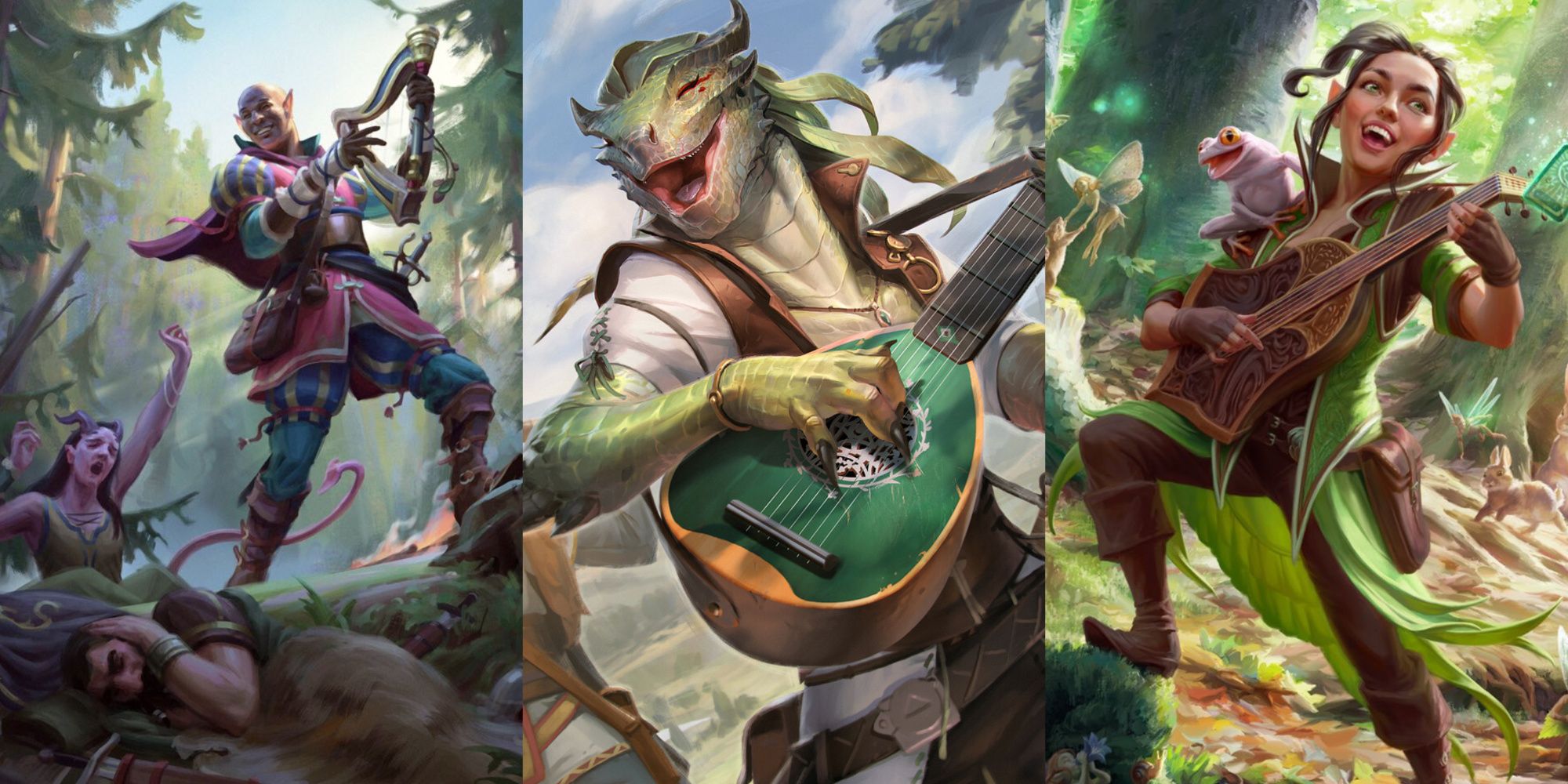
Related
Dungeons & Dragons: 8 Ways To Flavor Vicious Mockery
Whether you sling silly insults or drop diabolical lines, there are so many ways to use Vicious Mockery.
Capes of Billowing, Shields of Expression, and even items enspelled with Prestidigitation are great ways to throw some flair items at your party. These can be great running bits as time goes on, especially if they’re given at earlier levels.
8
Don’t Forget Consumables
A Little Snack
Long-lasting items like weapons and armor are probably what first come to mind when a DM thinks about treasure. However, the consumable items found in the Dungeon Master’s Guide are also valuable for your party to have.
Food, ammo, spell components, and potions are great examples of this. You can even flavor each of these to the area and task at hand. What food would bandits carry? What potions would be in an old dwarven dungeon?
9
Know When To Give A Bag Of Holding
Just A Carry-On
The infamous Bag of Holding has been a helpful magic item on the backs of adventurers in D&D for years, but it doesn’t hurt for an adventuring party to get used to being selective with what they carry with them for a while before implementing this item.
Finding the correct time to allow for your players to find or buy one of these is key. Too early, and they may stockpile items and make certain tough scenarios way too easy in comparison to their level. Usually, the early teen levels are a great time to hand one of these out.
10
Prepare Tables
A DM’s Best Friend
One of the best bits of advice for a DM when it comes to loot is to utilize pre-made tables. These can vary from magic items, amounts of gold, all the way to normal items and ammo. This takes off much of the stress of figuring out items to give to your party in the moment.
You should also cater these tables to specific settings, scenarios, and enemies. After all, the loot in a desert fighting mummies will be different from in the underdark fighting duergar. You can also assign the entries on these tables to rolls while your characters loot.
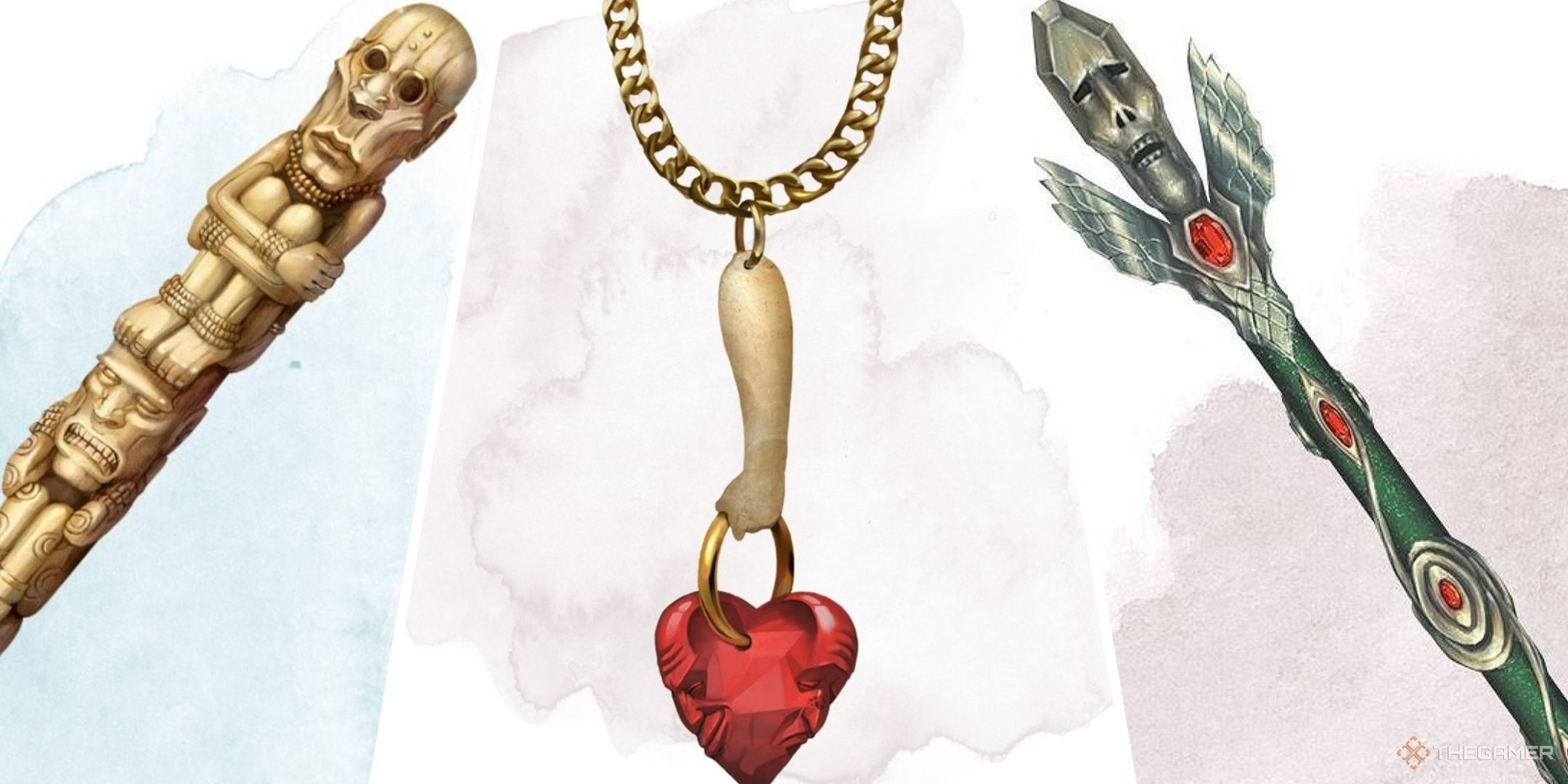
Next
Dungeons & Dragons: 8 Best Healing Magic Items
If you wanna give away some more HP then these are the items you need for your character in DnD.
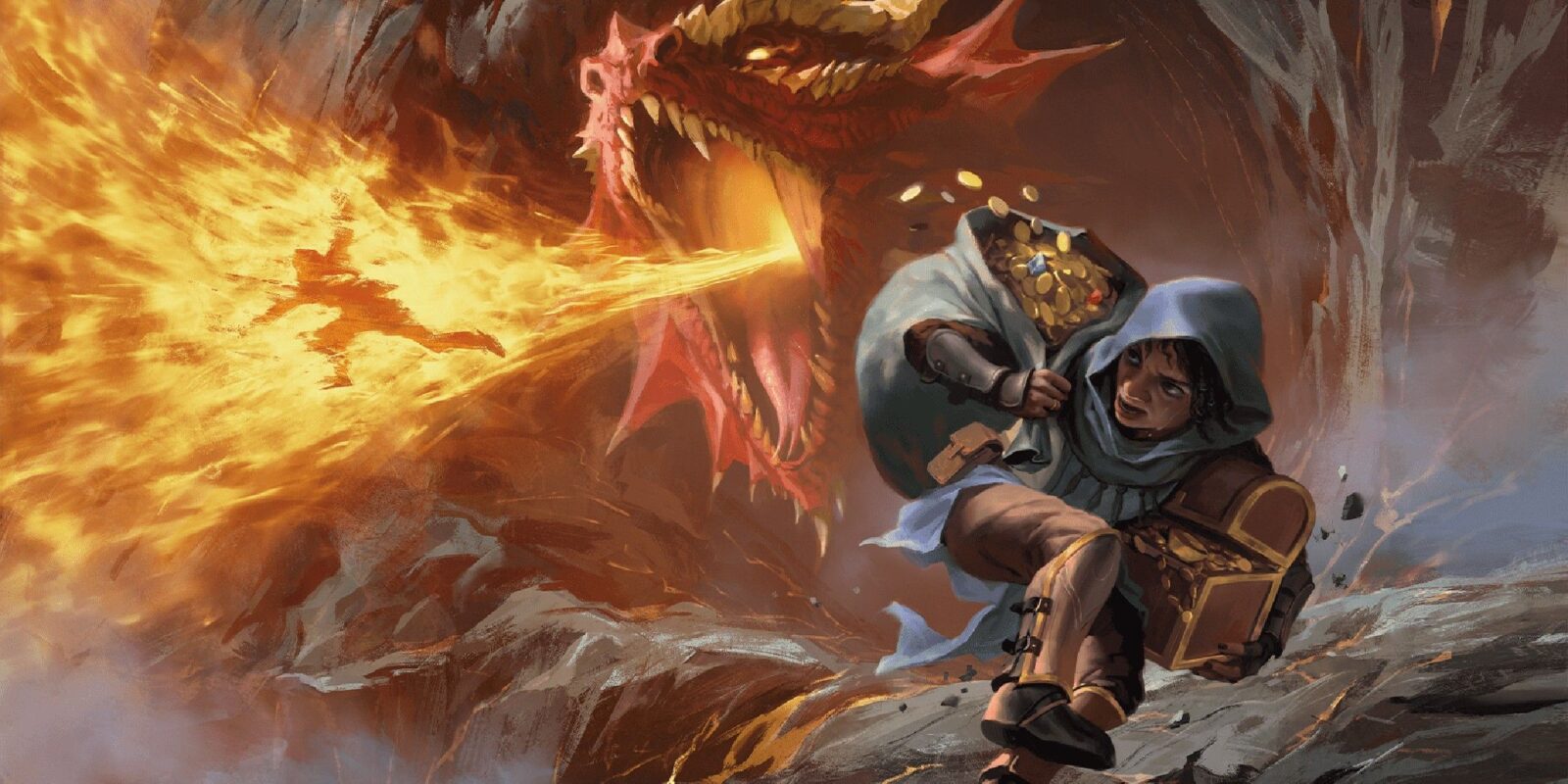

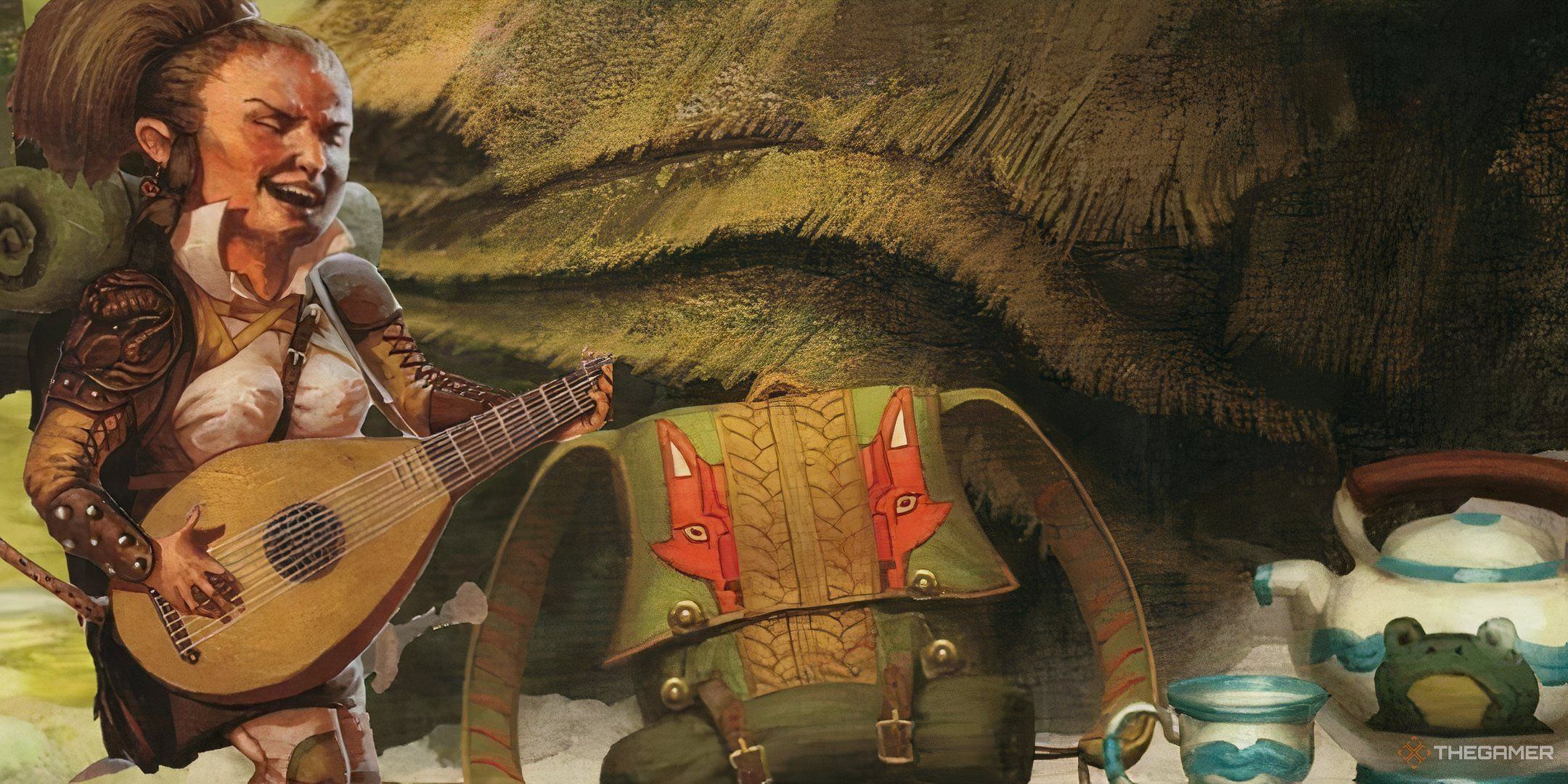
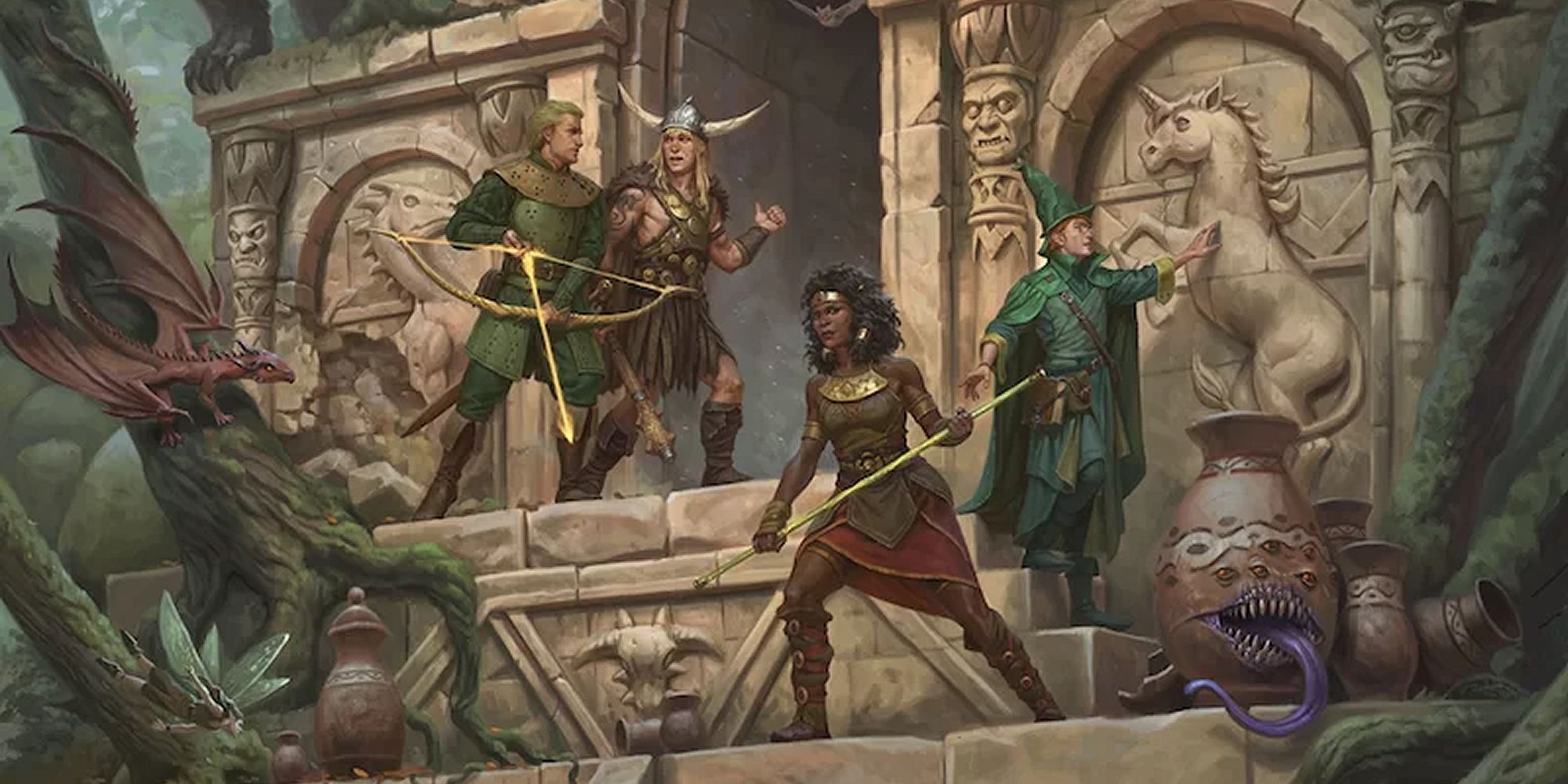
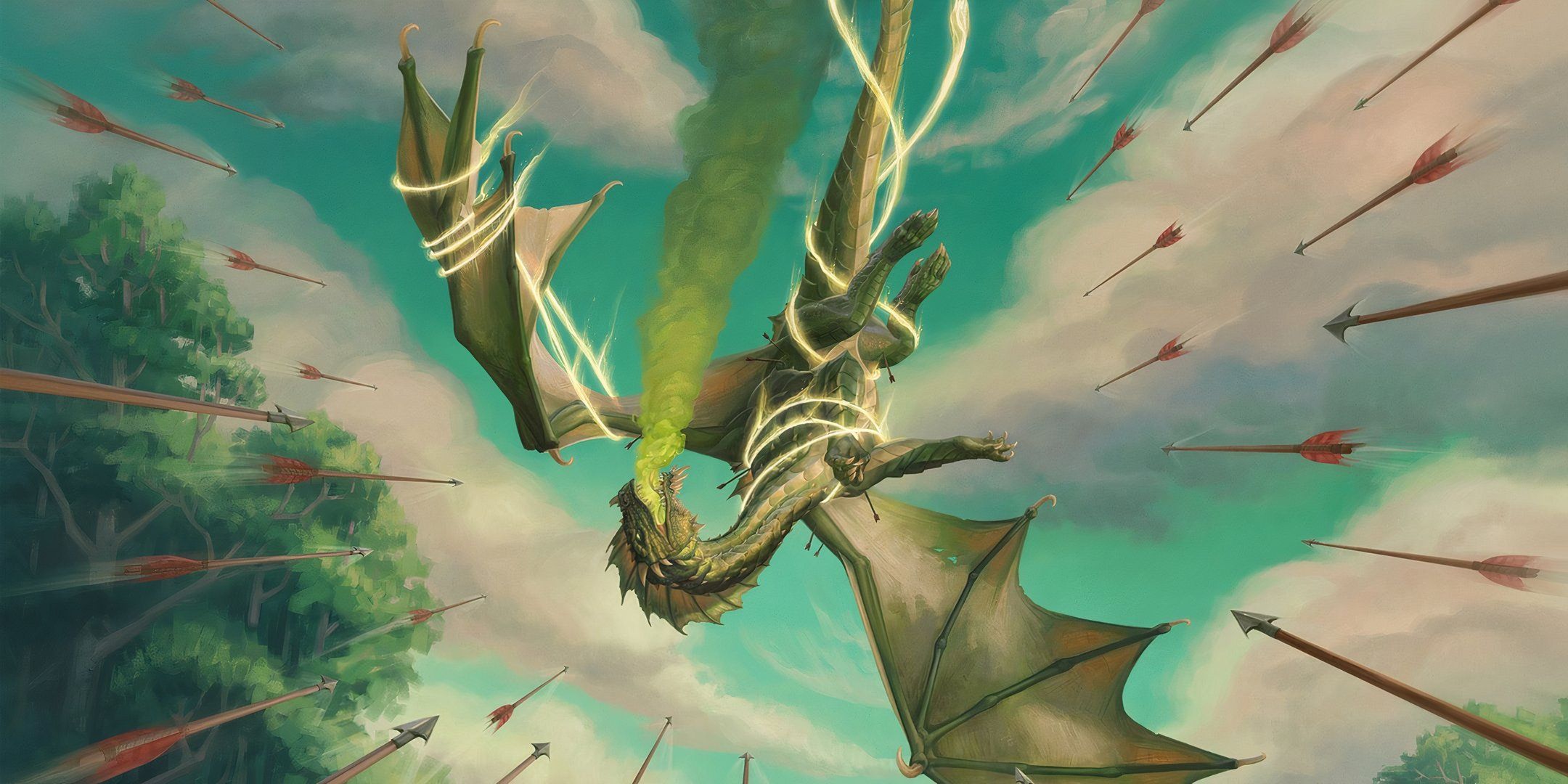
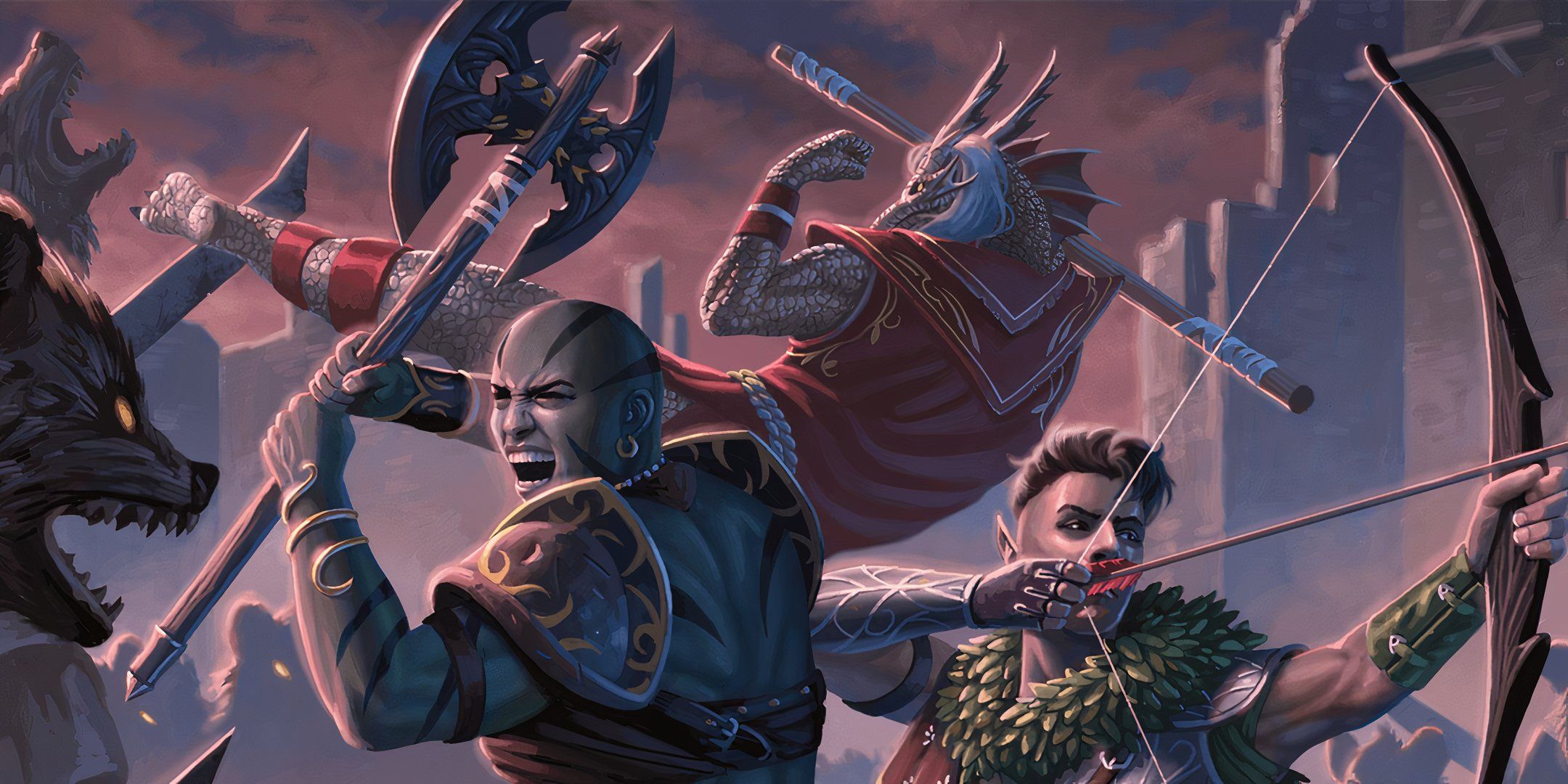

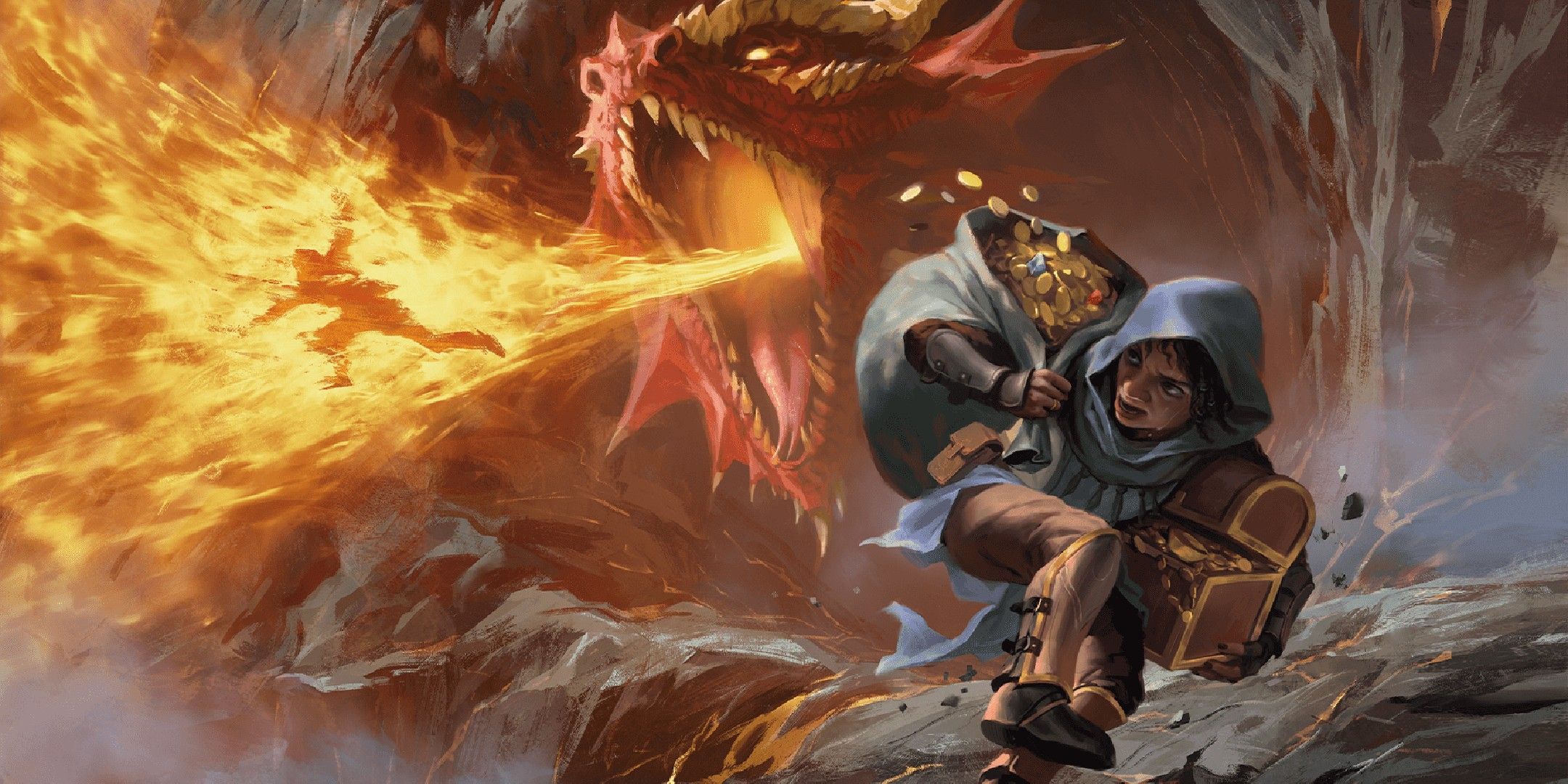
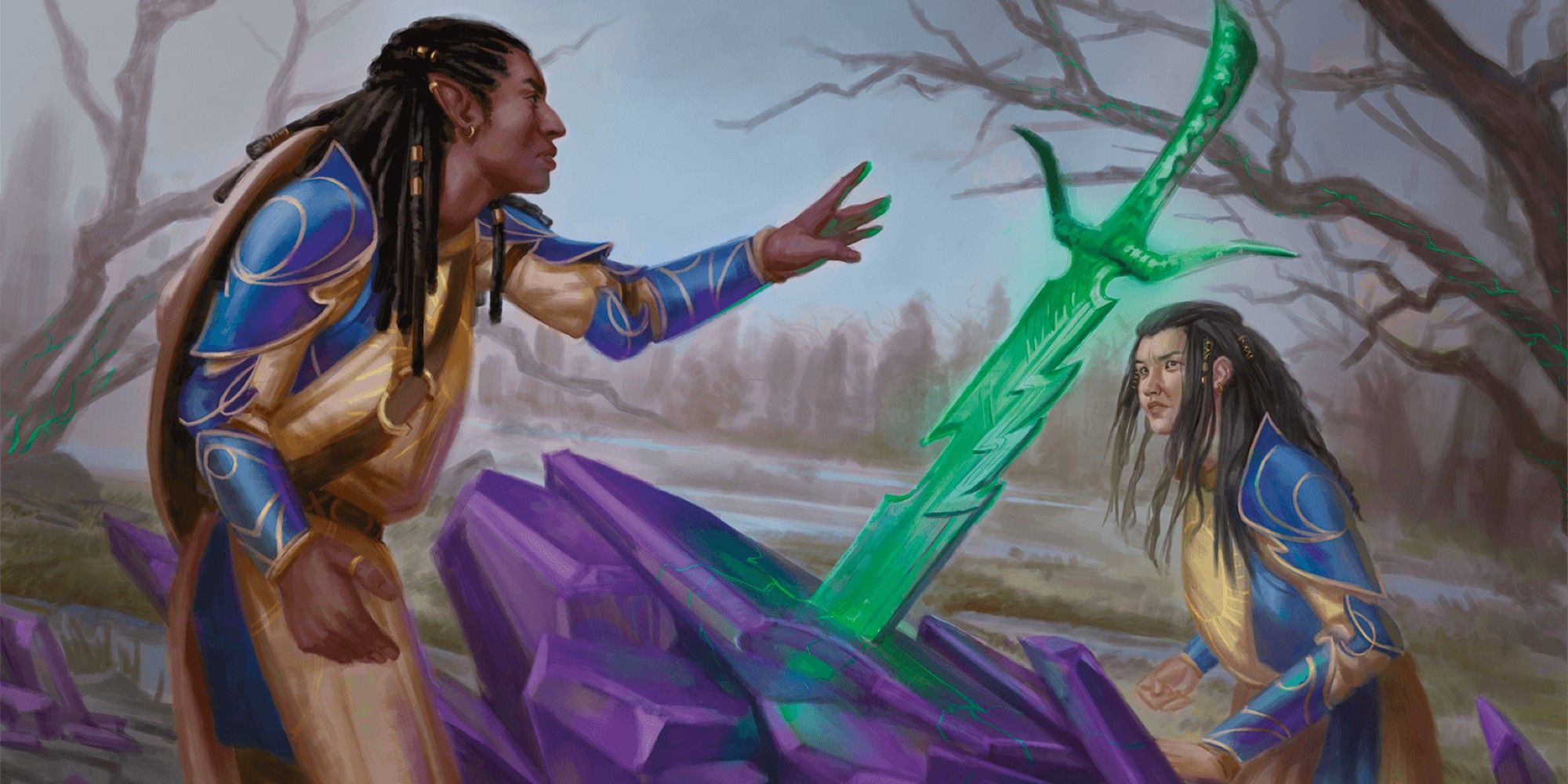
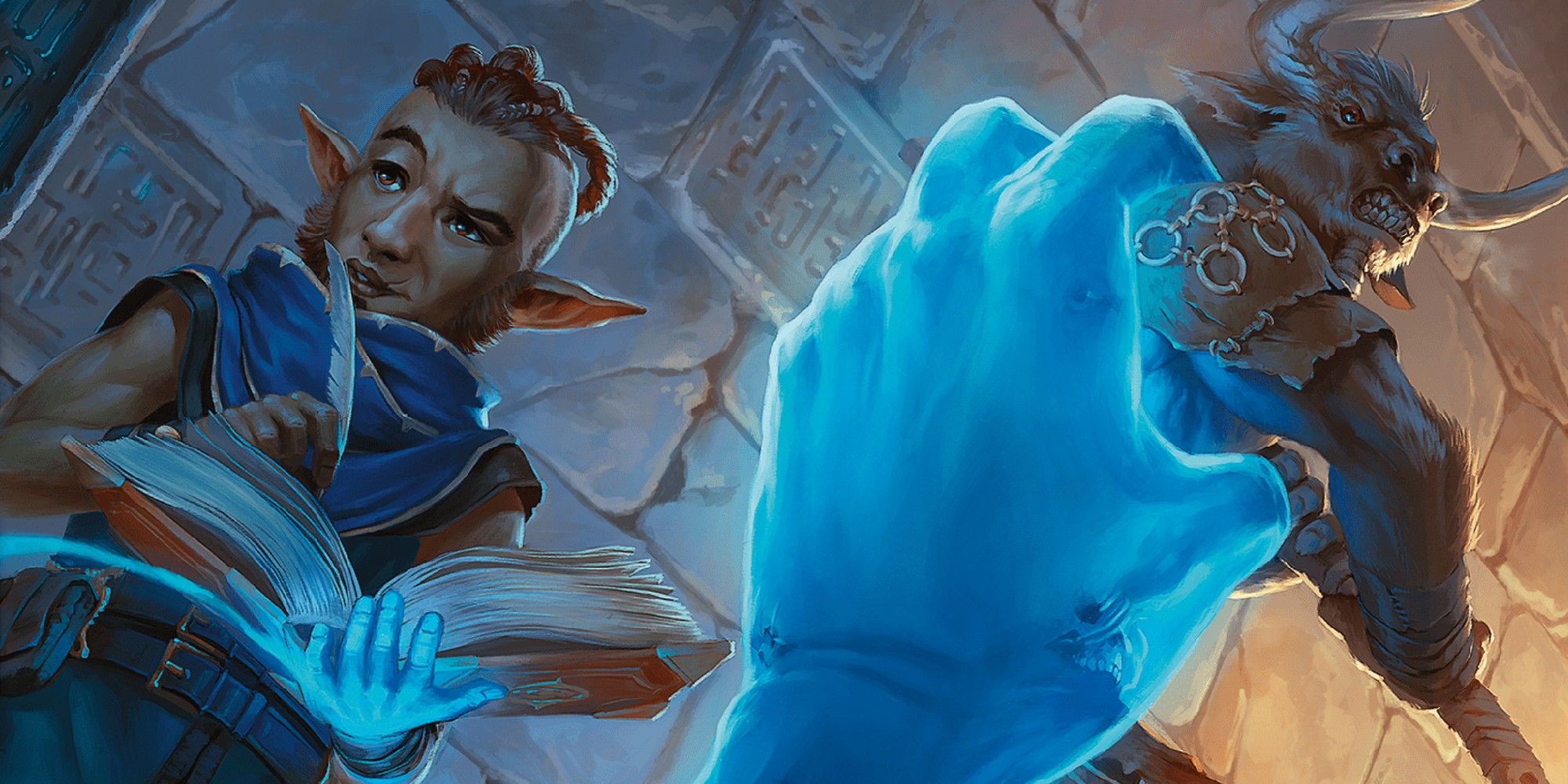
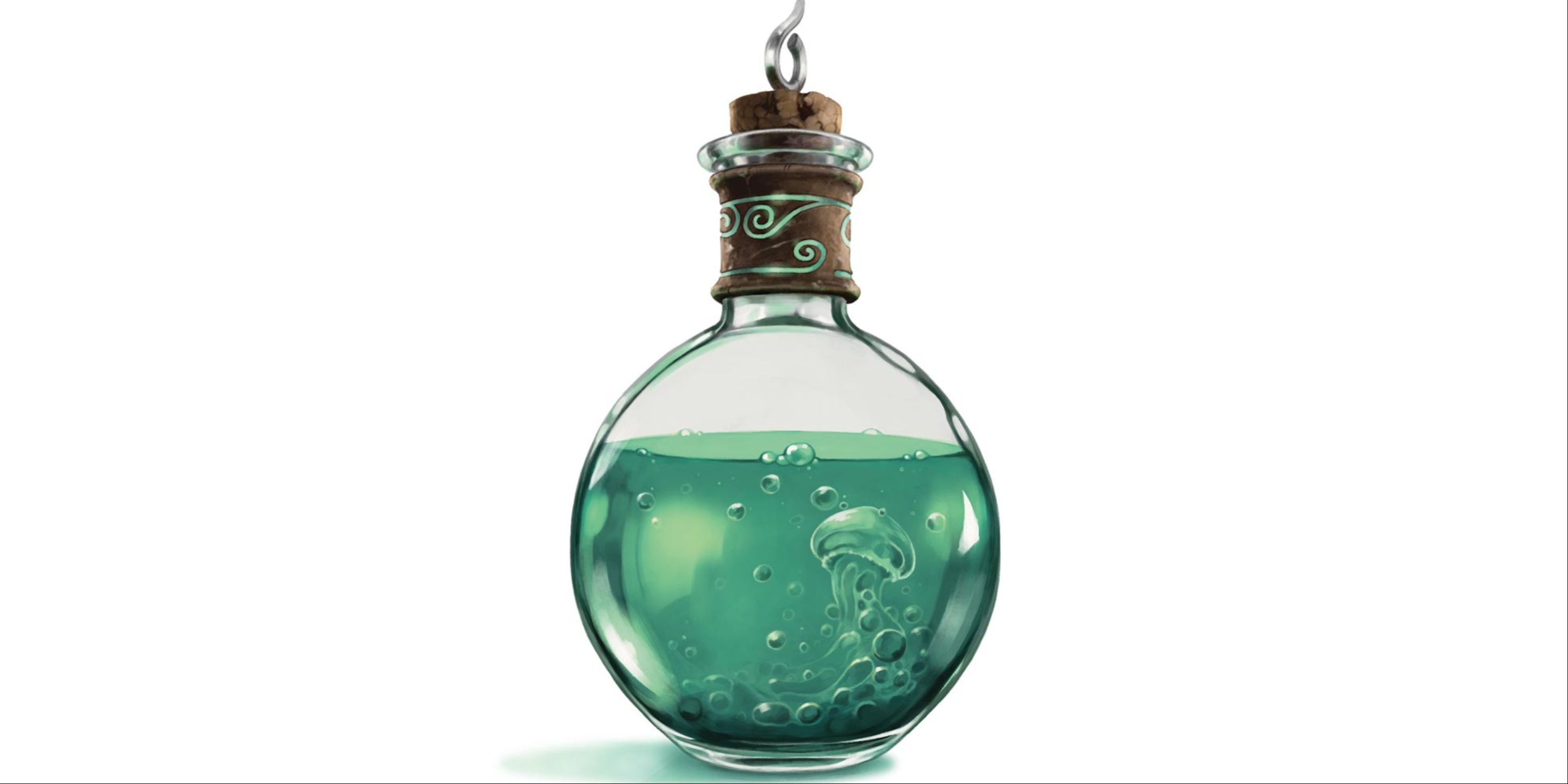
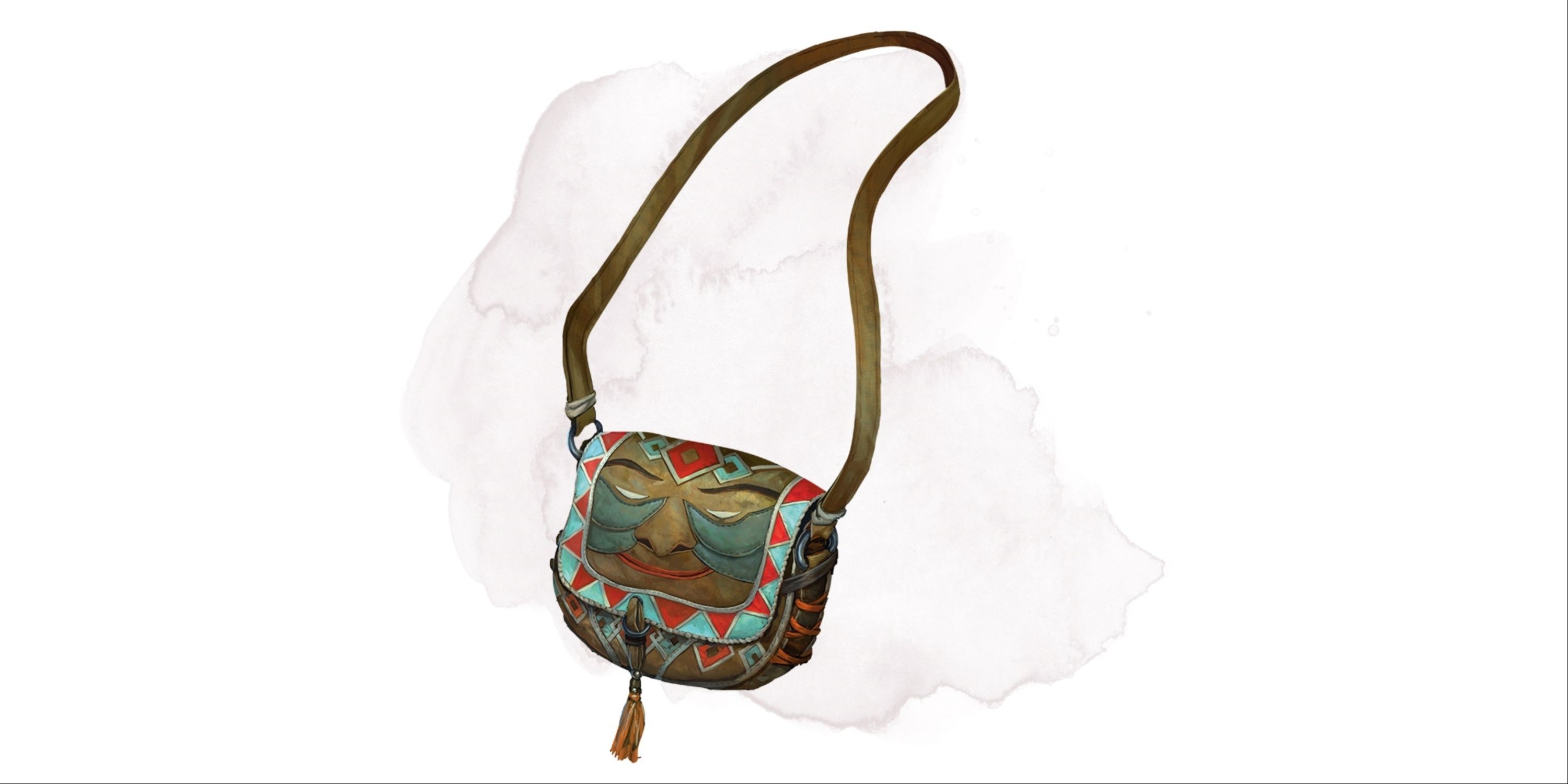
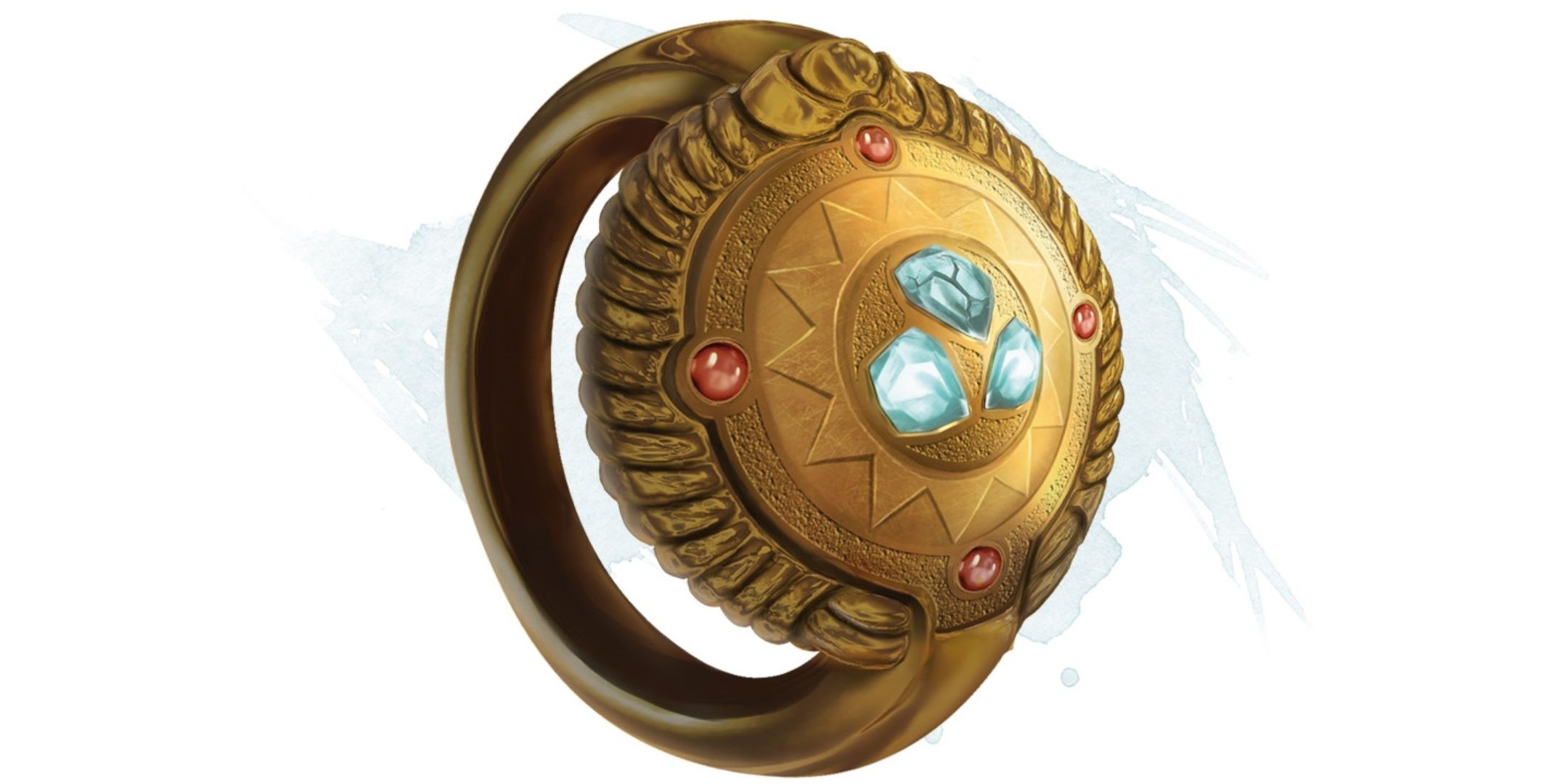


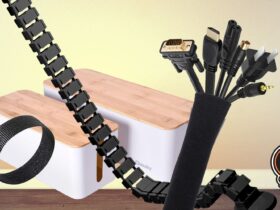


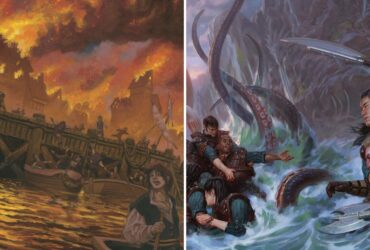
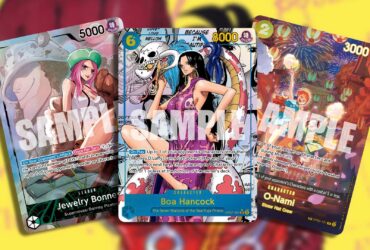
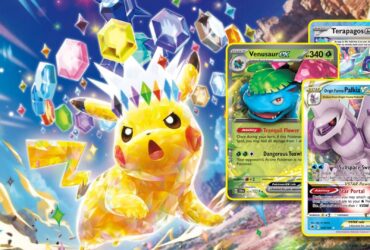
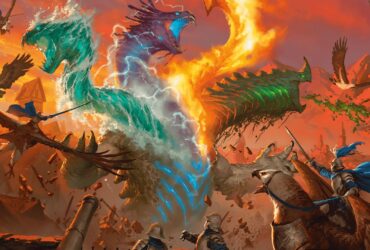
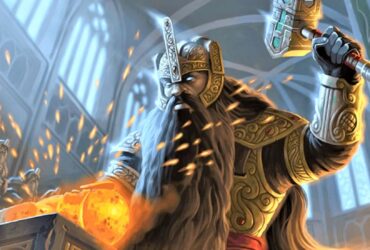
Leave a Reply